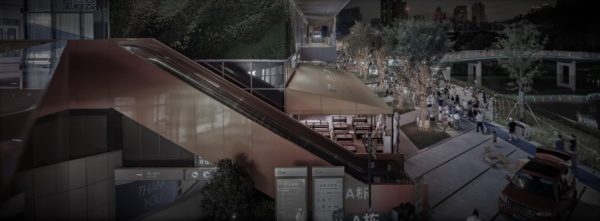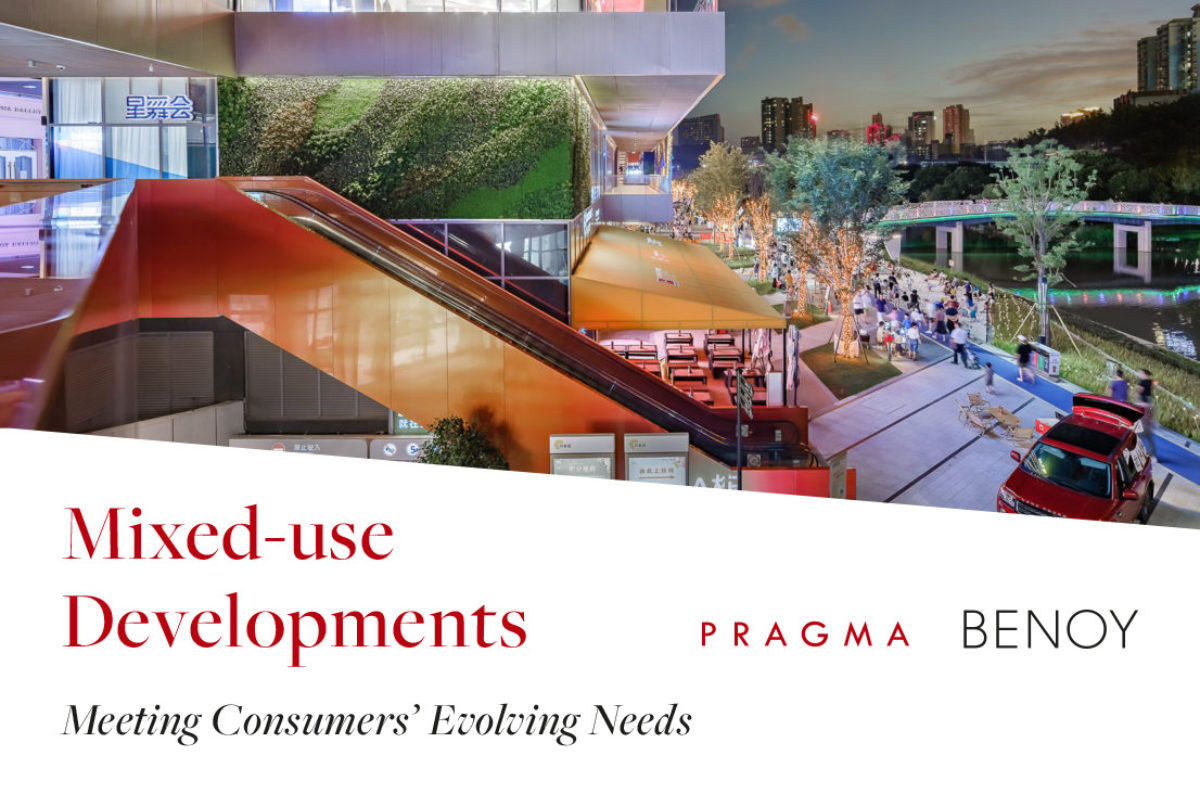The causes of the failure of single-use assets are both varied and plentiful. In retail, the
rise of online has shown consumers the true nature of convenience, rendering many
retail-only schemes obsolete. In offices, improved IT and connectivity and the rise
of flexible working means office assets need to offer more than can be found at home
to remain relevant, while in residential, people increasingly want amenities on their doorstep, rather than having to travel.
Mixed-use developments, which combine retail, residential, and/or office space, have become increasingly popular because they offer a more comprehensive and diverse range of experiences, making them more attractive to consumers and businesses.
The hotel industry has in many ways been a forerunner of this trend. Hotels have for many
years catered to the wider needs of guests beyond just a bed for the night. The addition of bars and restaurants, workplaces, gyms, and flexible spaces – a new feature in many recent
and planned developments outside the hotel sphere – have been the cornerstone of hotel
strategy for years. As provision evolves, current trends in hotel strategy include the creation of standout environments that encourage visits and dwell time in their own right. Furthermore, as the world continues to open up again to travel, it is likely that this industry will remain at the cutting-edge in its response to emerging consumer trends.
Globally, both consumer preferences and response to provision don’t evolve at the same
rate. Consumers by region and country are on different journeys and may not all reach the
same destination.
In our report, we explore how different regions, including KSA and the wider Middle East, China, North Americas, the UK and Europe, are showing their own trends in this space.
Read the full report ‘Mixed-use Developments — Meeting Consumers’ Evolving Needs’ here.





